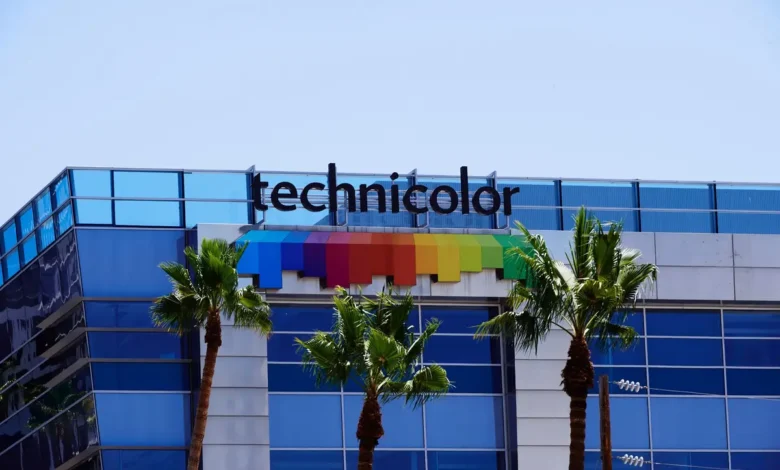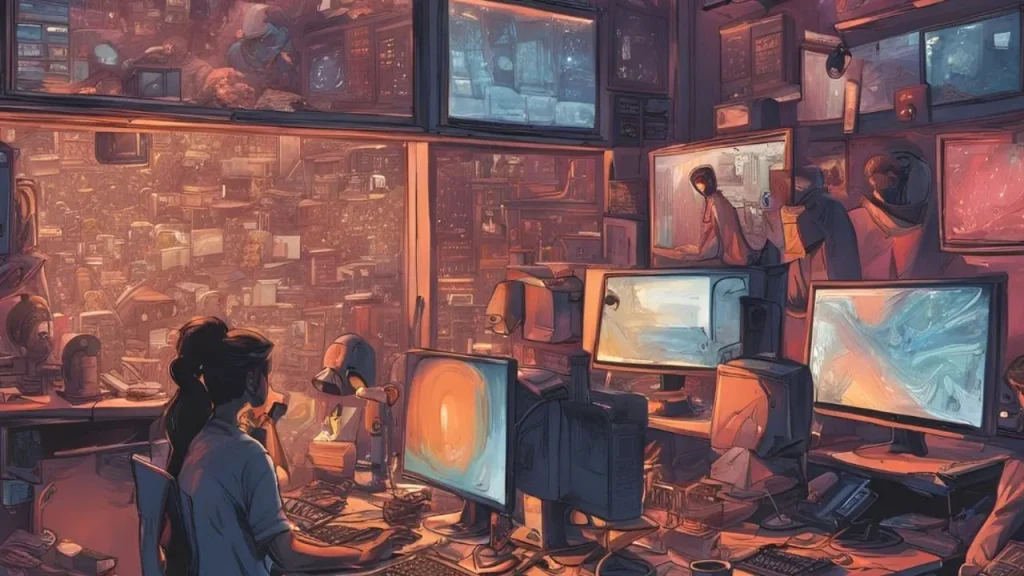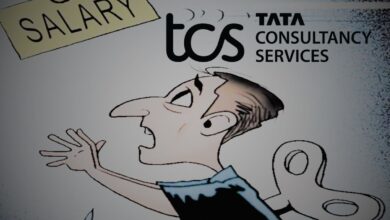Technicolor India Shuts Down: 3,000 Employees Laid Off Amid Parent Company’s Financial Collapse
The abrupt closure of Technicolor India sends shockwaves through the VFX industry, raising concerns over job security, outsourcing risks, and the future of animation and visual effects in India.

Technicolor India has officially shut down its operations, leading to the layoff of over 3,000 employees. The multinational visual effects (VFX) behemoth, well-known for its work in television, movies, and animation, was forced to shut down because its parent business, the Paris-based Technicolor Group, had serious financial problems. The abrupt shutdown prompted shockwaves in the industry with fears of redundancies, VFX house survival, and a general effect on India’s animation and visual effects industry.
The Announcement and Immediate Fallout
The Managing Director of the Asia-Pacific region, Biren Ghosh, declared Technicolor India’s shutdown. Ghosh stated that the Paris headquarters unexpectedly decided to wind up its business in Mumbai and other parts of India. The company, one of the leading players in the VFX industry, could not sustain operations because of mounting financial issues.
According to reports, Technicolor India had been trying to secure employee salaries, but the global headquarters could not provide the necessary funds. This means the 3,000 affected employees, most of whom worked in Bengaluru, will not receive their February salaries. This has created an atmosphere of uncertainty and distress among workers, many of whom dedicated years to building Technicolor’s reputation in India.
A Legacy of Innovation in VFX and Animation
Technicolor Group was established in 1915 in Boston, Massachusetts, and made its name by pioneering colour film technology in Hollywood. The firm actively participated in the post-production and animation business throughout the decades, working on classic movies like The Wizard of Oz, Vertigo, and The Trouble with Harry.

Technicolor India was the core of the company’s worldwide business, delivering VFX, animation, and motion graphics services to the entertainment, media, and ad industries. The company’s Indian team contributed to major Hollywood projects, including recent animated films like The Lion King and Mufasa.
Technicolor India’s abrupt closure ended an era, raising doubts about the viability of international VFX investments in the nation.
Why Did Technicolor Shut Down?
Closing down Technicolor India can be traced back to the financial instability of its parent company, Technicolor Group. The company incurred debt, endured volatile market situations, and increased competition from the VFX sector over the years. The primary reasons behind causing the financial downfall are as follows:
- Debt Accumulation: Technicolor Group has been entangled in debt for years and has accumulated much, impacting its potential to function seamlessly.
- Operational Challenges: The company had a hard time functioning as an official organization, as confirmed by Biren Ghosh.
- Industry Disruptions: The VFX and animation sector has experienced technological upgradation at breakneck speed and intense competition from new players, thereby making it challenging for traditional companies like Technicolor to register break-even figures.
- Funding Shortages: In an attempt to raise operational funds, the company was unable to provide sufficient funds to pay employees and maintain current projects.
- Global Layoffs and Liquidation: It is reported that the shutdown in India is part of a more significant global restructuring that has impacted employees in the US, Canada, and France.
Impact on Employees and the VFX Industry
The shutdown has rendered thousands of workers jobless, and talent crisis fears are emerging in the Indian VFX industry. These artists, designers, and technicians were the foundation of Technicolor, and the majority had been working on their projects for decades. Sudden layoff heartbroken them. The lack of funds to cover February salaries contributed further to the crisis since workers looked for immediate alternatives.

Employee Perspectives
Some of the affected employees have turned to social media to express outrage and anxieties over what the future holds for them. Others have criticized the management for failing to spell out severance packages. Others, meanwhile, are already petrified of finding new employment in a sector that is already economically strapped. A ten-plus year veteran VFX artist at Technicolor India lamented:
We worked years of our lives in this company, and now we are left with nothing. No wages, no separation pay, no decent communication. This is not how you treat your people.
Another employee added:
“It’s shocking. We worked on projects until last week and were suddenly unemployed. Many of us moved to Bengaluru for this job, and now we don’t know what to do.”
What This Means for India’s VFX Industry
The closure of Technicolor India is a significant blow to India’s VFX industry, which has been growing steadily as a global hub for animation and visual effects. Some Hollywood studios, such as Disney, Warner Bros., and Netflix, have outsourced their VFX and animation to India because of the presence of professionals and affordable services. However, the closure of Technicolor raises questions about the financial sustainability of foreign VFX companies in India.
Experts think this may prompt a change in the way global studios outsource. Although India is still a favoured destination for animation and VFX, Technicolor’s shutdown indicates underlying risks that must be mitigated.
Industry Experts Weigh In
Industry experts have expressed dismay over the necessity for improved financial planning and employment stability in India’s burgeoning VFX industry.

Senior VFX producer Rajesh Krishnan said:
“India boasts the best talent available in the VFX sector, but we must have better fiscal protection. What happened to Technicolor India is a wake-up call for companies operating here.”
Film critic and industry analyst Rohan Mehta added:
“The Indian VFX industry has come a long way, but events like these can shake investor confidence. The government and industry leaders should protect employees in such situations.”
What’s Next for Former Technicolor Employees?
Numerous professionals are scrambling to find new employment, as 3,000 are unemployed. A few Indian visual effects departments have already started hiring Technicolor’s displaced workers because they understand how urgent it is to take action. Some displaced employees have shown interest in being employed by companies including Red Chillies VFX, DNEG, and MPC. However, because of an overworked labor pool and ongoing business transition, many former Technicolour employees were unable to find long-term employment.
Final Thoughts
The closure of Technicolor India is a noteworthy and regrettable occurrence for the VFX industry in India. It highlights the weaknesses of global companies with Indian operations and emphasizes employees improved financial planning and job security. Even as India is one of the pillars of the worldwide VFX business, the situation is eye-opening on the sector’s issue.
The future will be bleak for the hundreds of thousands of job-seeking workers on the employment treadmill. But the industry’s resilience, plus growing demand for high-quality VFX, might be a backdoor. Investors calling for better protection and regulation could put the future of India’s VFX industry on the line in the ability of workers, firms, and policymakers to ride out this stormy phase.




